Pest on Sweet Basil Only
nightnurse21
11 years ago
Featured Answer
Comments (15)
ken_adrian Adrian MI cold Z5
11 years agorhizo_1 (North AL) zone 7
11 years agoRelated Professionals
Grand Haven Landscape Architects & Landscape Designers · Bridgeview Landscape Contractors · Brooklyn Park Landscape Contractors · East Chicago Landscape Contractors · Fair Lawn Landscape Contractors · Lakewood Landscape Contractors · Mason Landscape Contractors · Maywood Landscape Contractors · New Providence Landscape Contractors · Oklahoma City Landscape Contractors · Paramus Landscape Contractors · Vallejo Landscape Contractors · Vermilion Landscape Contractors · Wareham Landscape Contractors · Westford Landscape Contractorsrhizo_1 (North AL) zone 7
11 years agonightnurse21
11 years agonightnurse21
11 years agoken_adrian Adrian MI cold Z5
11 years agonightnurse21
11 years agoken_adrian Adrian MI cold Z5
11 years agorhizo_1 (North AL) zone 7
11 years agosteakandtomato
6 years agolast modified: 6 years agorhizo_1 (North AL) zone 7
6 years agosteakandtomato
6 years agolast modified: 6 years agosteakandtomato
6 years agolast modified: 6 years agosteakandtomato
4 years agolast modified: 4 years ago
Related Stories

GARDENING GUIDESOrganic Matters: Thwart Insect Pests With Trap Crops
Add a few sacrificial plants to your garden to lure insects away from the harvest
Full Story
SUMMER GARDENINGHow to Grow Basil
Bright color, quick growth and endless uses for cooking make this summer annual a winner in the garden or a pot
Full Story
FARM YOUR YARDIf You Have Room for Only One Summer Crop ...
Get an edible that’s long on flavor even if you’re short on space, with a long-time gardener’s favorite picks
Full Story
EDIBLE GARDENSHow to Grow Your Own Sweet Summer Crops
This guide will help any gardener get started on growing the freshest warm-season veggies and berries for summer
Full Story
FARM YOUR YARDIf You Have Room for Only One Fruit Tree ...
Juice up a small garden with one of these easier-care or worth-the-effort fruit trees for a mild climate
Full Story
GARDENING AND LANDSCAPINGWorld of Design: 10 Home Gardeners Show Us Their Sweet Summer Harvests
From New York to Tokyo, these gardeners have turned their yards, terraces and rooftops into places of bounty
Full Story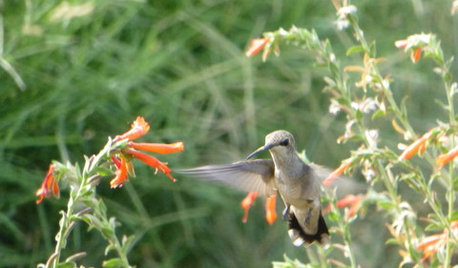
GARDENING GUIDESSweet Serendipity: Opening to Happy Garden Discoveries
Unplanned nature scenes can be unbelievably beautiful; you just need to know how to look
Full Story
GARDENING GUIDESSpring Citrus Care Reaps Months of Sweet Rewards
Learn how to tend citrus trees in spring and ways to preserve their delicious fruit
Full Story
EDIBLE GARDENSGarden BFFs? Why Your Vegetables Are Begging for Companion Plants
Foster friendships among plants for protection from pests, pollination support and color camaraderie
Full Story
GARDENING AND LANDSCAPINGPorch Life: Banish the Bugs
Don't let insects be the bane of your sweet tea and swing time. These screening and product ideas will help keep bugs at bay on the porch
Full StoryMore Discussions






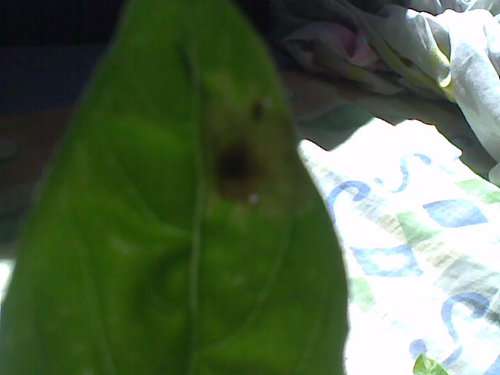
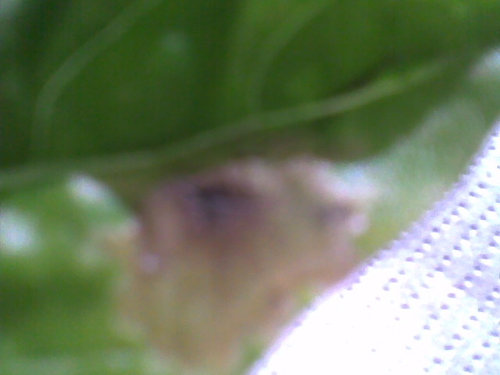

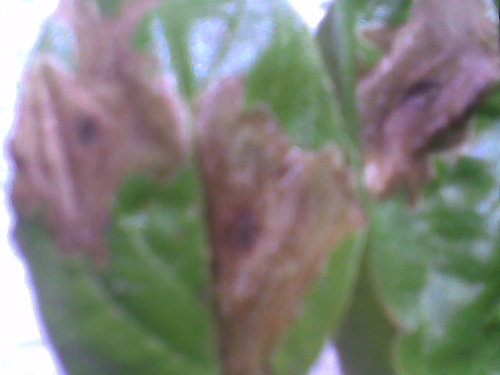
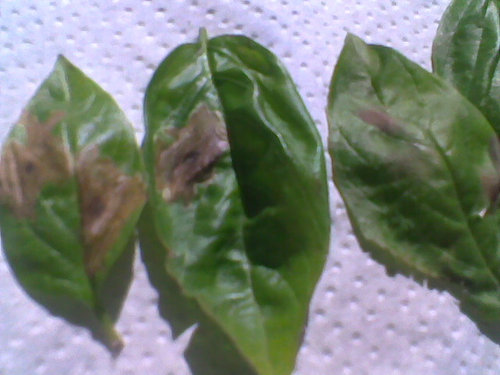
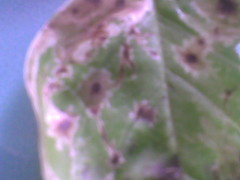

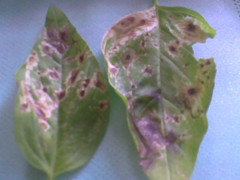
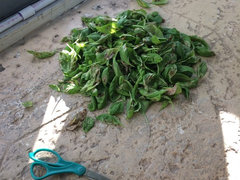


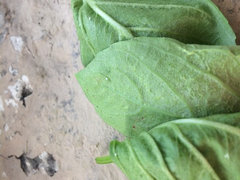




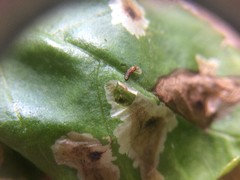

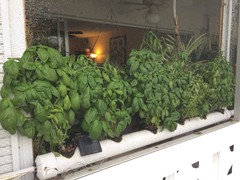


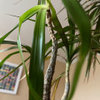
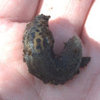
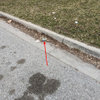
rhizo_1 (North AL) zone 7